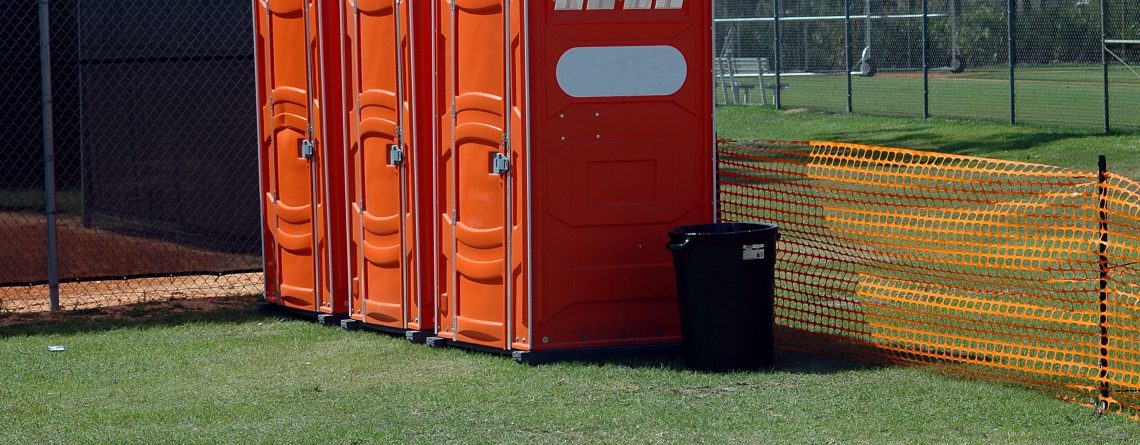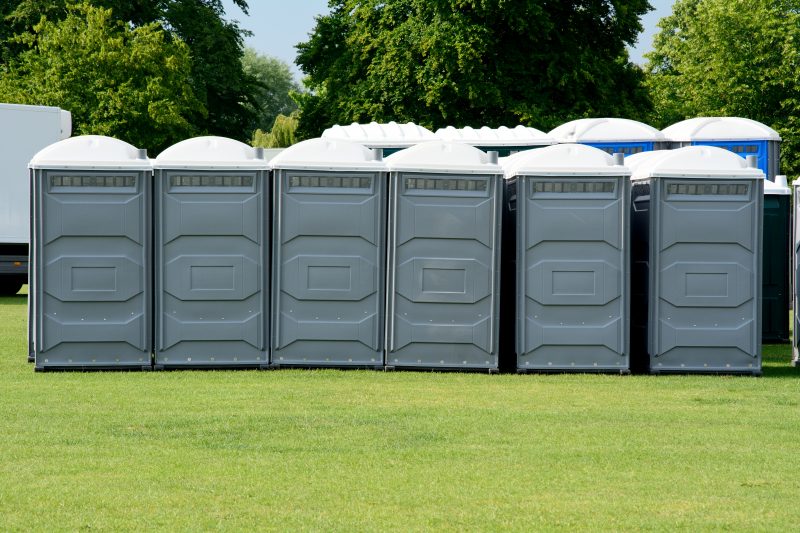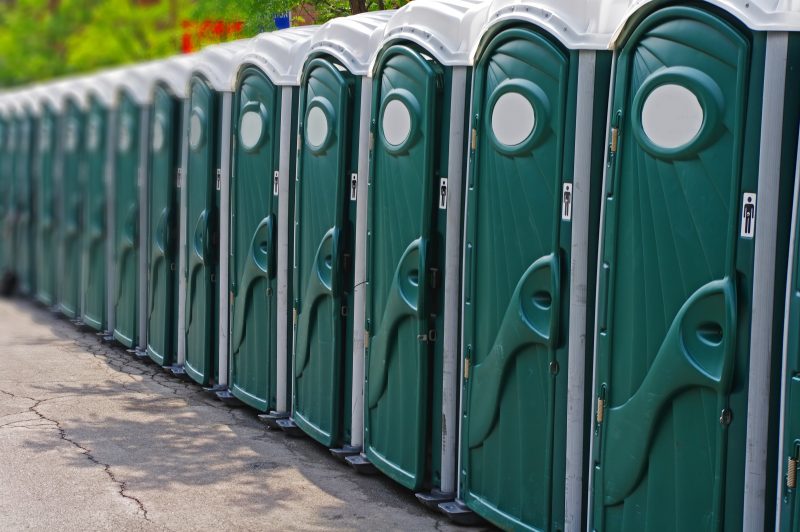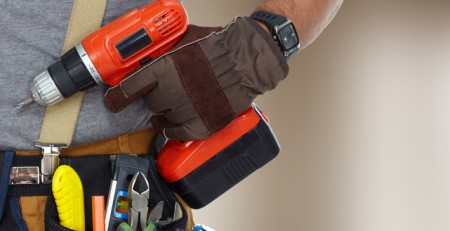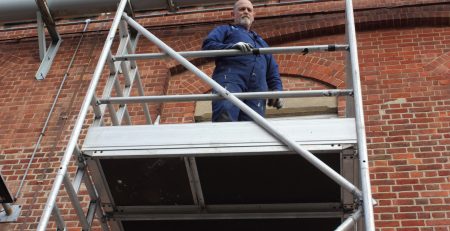Portable Toilets: What You Need to Know and Were Afraid to Ask
Portable toilets aren’t going anywhere. Okay, so they are going somewhere, all the time — there will always be a need for portable toilets. Constructions sites; events; music festivals; campsites — these all need portable sanitation facilities. It’s not necessarily something you want to get fully acquainted with, but understanding how these facilities work in a general way will come in handy when drafting initial project plans.
How much you need to budget; how much time you need to put aside for delivery and pick-up; what your responsibilities are — these are all important considerations for project managers, planners, and site staff. Portable toilet hire is a necessary part of the planning process for most construction projects, so it pays to know the basics. Here are five common questions and our answers.
What Is a Portable Toilet?
Let’s start with the basics. This is an important question, as it also tells you what a portable toilet is not.
A portable toilet is a fully self-contained structure, usually made from engineered plastic. It is almost always designed for one person’s use at any given time — though there are different sizes available with larger designs ensuring wheelchair-users are catered for. The waste is collected at the bottom, and all modern portable toilets have ventilation pipes attached to the tank and some ventilation above head height.
Most portable toilets come with a small hand-washing station included inside the walls of the structure, and “hot-wash” toilets for hire allow the user to gain access to warm water. Hand sanitiser dispensers are sometimes included in lieu of or in addition to these mini sinks.
Without going into too much detail, portable toilets work a lot like regular toilets, but instead of sending waste to a sewer via a system of underground pipes, the waste is held in a tank at the base of the unit. This tank contains chemicals that are designed to break down the waste and kill the smell. You do not need to connect a standard portable toilet to any kind of mains drainage system, and that is why they are so practical for temporary use. You can just pick them up and drop them off.
How Many Portable Toilets Do I Need?
This is one of the most frequently asked questions when it comes to portable toilets. It’s also one of the simplest questions to answer when asked in relation to construction sites. It’s a little more complicated for events.
On a construction site, you need one toilet for every seven people employed to be on that site for a full-time, forty-hour week. For any configuration of staff working on your site, you should take this rule and apply it to your situation. Add up the hours and people on site to determine the number of portable toilets you need. It’s always best to err on the safe side and assume everyone will be in at the same time, because if you underestimate, you could fall foul of Health and Safety legislation.
For events, the question is more complex and actually depends a lot on the nature of the event. If you’re hiring facilities for a wedding, for example, you will probably want more toilets than you would for a summer fete, even if the same number of people are due to attend. This is because the actual attendance rate versus the expected attendance is likely to be very different for fetes, whereas usually if you’re invited to a wedding, you go. Plus, people are more likely to be happy to find alternative local facilities at a fete than they are at a wedding.
For construction sites, always use the seven-person rule.
Can Portable Toilets Be Used Indoors?
As a rule, do not put a portable toilet inside. It is rare that a portable toilet cannot be positioned outside, and in exceptional cases, you can consult with the Health and Safety Executive, as an inspector will have plenty to say about the added fire risk and health hazards that such a temporary structure poses.
In the winter, it is always advisable to hire a hot wash portable toilet, as it will encourage staff to actually wash their hands — cold water is worryingly easy to avoid on a cold day. The placement of your portable toilet units is also key in the winter months. Ensure they are positioned in a well-sheltered location, as the ventilation cracks may be vulnerable to the harshest of weather.
Don’t worry too much about the stability of the portable toilet unit, as they are designed to be bottom-heavy. Even when they are first delivered to the site, the tank will contain water and chemicals that anchor the toilet to the ground in all but the most inclement of weather conditions.
How Are Portable Toilets Cleaned?
Portable loos do fill up over time with continued use and require regular maintenance. There is a lot more to the task than simply emptying the unit. The chemicals previously mentioned that sit in the tank and ensure the unit stays hygienic must be removed and the tank must be refilled when the toilet is emptied. The toilet rolls and hand sanitiser should also be replaced.
A vacuum pump module is usually used to fully clean the unit. This module is made up of a tank that holds waste as well as water. A typical model holds 750 litres of waste and 380 litres of fresh water. Cleaning and emptying portable toilets is a service that almost always must be performed by the company that you hire your toilets from. It could be extremely dangerous if not carried out by a trained professional who knows exactly what they are doing.
The British Standards Institution states that portable toilets must be emptied once a week, and this is usually a part of the toilet hire contract you sign with your provider. This guideline is based on the seven-person rule mentioned above, but it is worth keeping in mind that you may need to empty units more frequently. The hire company will advise you of their recommendations and it’s wise to listen, as they will usually have a lot of experience — and tales to tell, too!
How Much Are Portable Toilets to Hire?
Every provider will have a list of prices, but there are averages and standards to keep in mind when sourcing your sanitation facilities. Depending on the additional services that you need and how many toilets you require, the price per portable toilet per week varies. Many rental companies quote just under £25 per week for each unit, but it is best to get in touch with a portable toilet hire company for a tailored price.
Don’t forget that you may also be charged for delivery, servicing, washing, emptying and transport. Ask pointed questions and make sure you understand the process from back to front before committing to anything.

